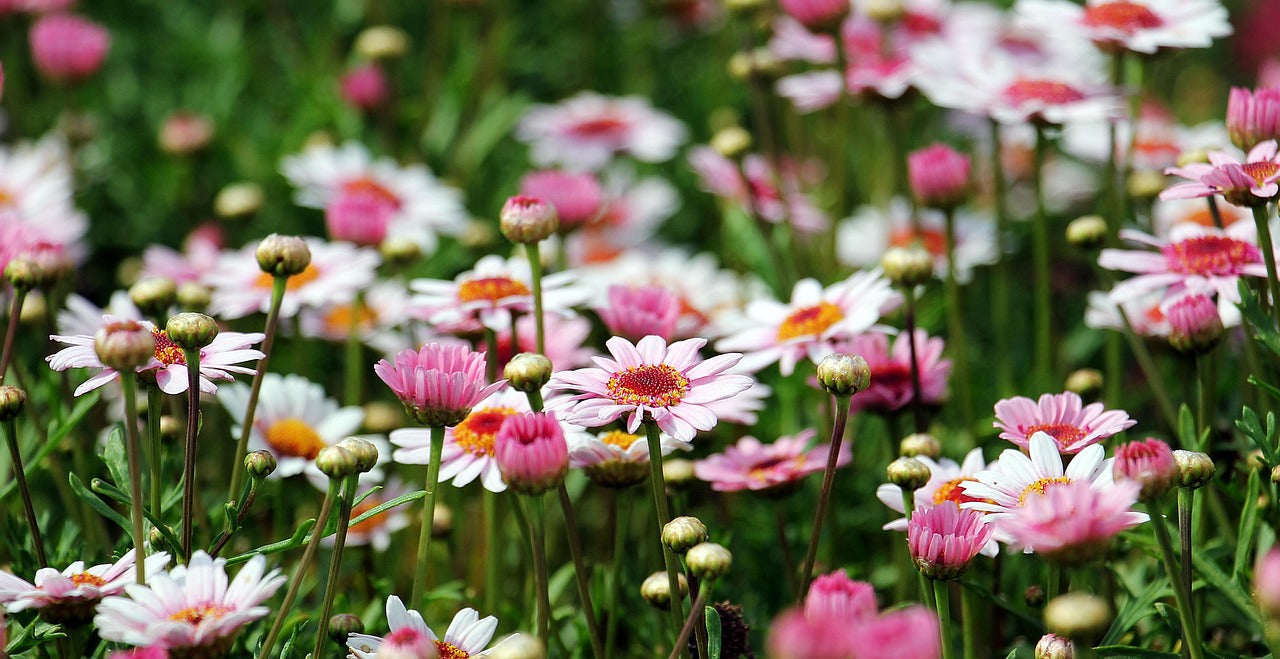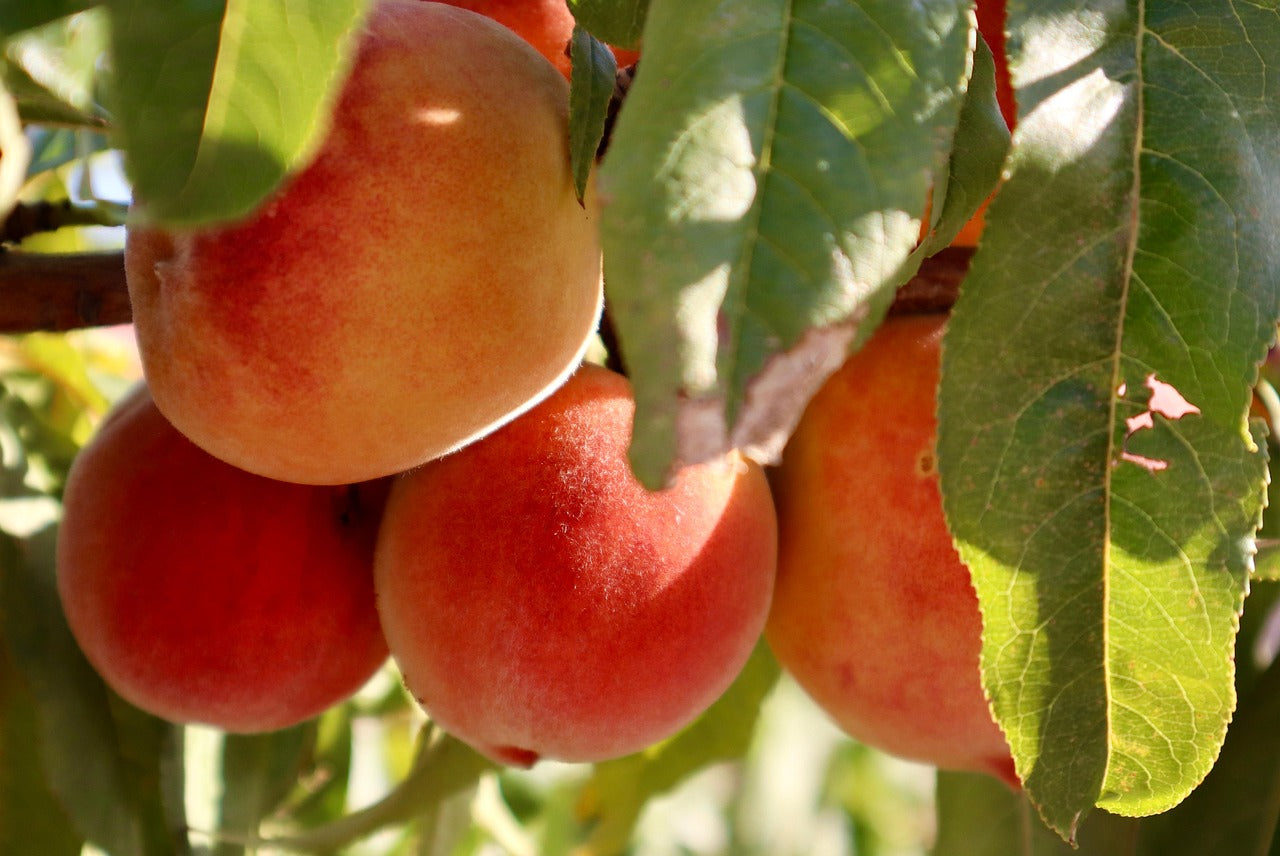Grow pumpkin in your own backyard! Used in both sweet and savoury dishes, pumpkin is a delicious and versatile vegetable.
Although pumpkins will happily trail across your garden, they can be trained to grow up a trellis, the smaller varieties can even be planted in a pot or container. It’s not a quick process to grow a pumpkin, but it is a relatively easy one, novice gardeners or those missing the green thumb can even have success. Pumpkins need a long growing season, which can be anywhere from 75 to 100 days or more, depending on where you live. Also susceptible to frosts, wait until all danger of frost has passed and the soil is warm before you decide to grow pumpkin.
Selecting a site to grow pumpkin
- Pick a site with full sun (to light shade) and lots of space for sprawling vines.
- However, if your garden space is limited, no worries! Plant pumpkins at the edge of the garden and direct vine growth across the lawn or pathway. The vines will only be bothersome for a few weeks. You can also grow pumpkins in 20L buckets! Or, try miniature varieties.
- Pumpkins are big, greedy feeders. They prefer very rich soil that is well-drained and not too soggy. Mix lots of compost and aged manure into the planting site before you sow seeds or transplant.
Planting pumpkin seeds
- Pumpkins do best when the seeds are planted directly in the ground.
- Wait until the plant soil is 20ºC or more before sowing seeds. The optimum soil temperature is around 30ºC. Pumpkins are sensitive to the cold.
- Plant seeds in rows or “pumpkin hills.” With hills, the soil will warm more quickly and the seeds will germinate faster. This also helps with drainage and pest control.
- Prepare the hills in advance with an abundance of old manure dug deep into the ground (30 to 35cm). If you don’t have manure, loosen the soil and mix in a 5-10cm layer of compost.
- Plant the seeds 2.5cm inch deep into the hills (4 to 5 seeds per hill). Space hills 1 to 2m apart.
- Your plants should germinate in less than a week with the right soil temperature (20ºC) and emerge in 5 to 10 days.
- When the plants are 5 to 7cm tall, thin to 2 to 3 plants per hill by snipping off unwanted plants without disturbing the roots of the remaining ones.
Care
- Use row covers to protect plants early in the season and to prevent insect problems. However, remember to remove covers before flowering to allow pollination by insects!
- Pumpkins are very thirsty plants and need lots of water. Water deeply, especially during fruit set.
- When watering: Try to keep foliage and fruit dry unless it’s a sunny day. Dampness will make rot and other diseases more likely.
- Add mulch around your pumpkins to keep in moisture, suppress weeks, and discourage pests.
- Remember that pumpkins are tender from planting to harvest. Control weeds with mulch. Do not overcultivate, or their very shallow roots may be damaged.
- Most small vine varieties can be trained up a trellis. Larger varieties can be trained upward on a trellis, too—though it is an engineering challenge to support the fruit—usually with netting or old stockings.
- If your first flowers aren’t forming fruits, that’s normal. Both male and female blossoms need to open. Be patient.
- Pumpkin vines, though obstinate, are very delicate. Take care not to damage vines, which reduces the quality of fruit.
Pump up your pumpkins!
- Pumpkins are HEAVY feeders. Regular treatments of manure or compost mixed with water will sustain good growth.
- Fertilise on a regular basis.
- Pinch off the fuzzy ends of each vine after a few pumpkins have formed. This will stop vine growth so that the plant’s energies are focused on the fruit.
- Pruning the vines may help with space, as well as allow the plant’s energy to be concentrated on the remaining vines and fruit.
- As the fruit develops, they should be turned (with great care not to hurt the vine or stem) to encourage an even shape.
- Place a thin board or heavy cardboard under ripening pumpkins to avoid decay and insect damage.
- They will be ready to harvest when they are orange in colour and the rind is hard



















